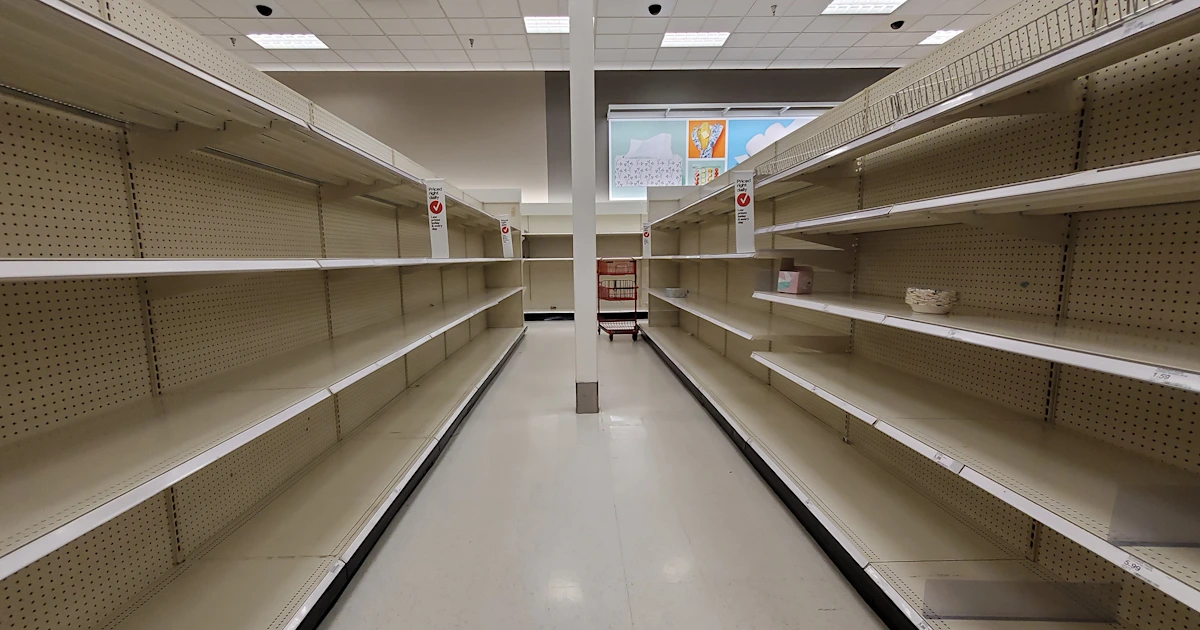The sneaker retail landscape is undergoing a major transformation, with hundreds of stores across the United States facing closure as companies reevaluate their strategies to stay competitive. Industry insiders say these changes reflect broader challenges in the retail sector, including shifting consumer habits, economic pressures, and the rapid evolution of sneaker trends.
Retailers have long depended on physical store footprints to reach customers, but the rise of online shopping and the impact of changing economic conditions have forced executives to rethink their approach. In the latest development, a major sporting goods chain has announced plans to close several stores belonging to a long-standing sneaker retailer it recently acquired, signaling an aggressive strategy to streamline operations and optimize profitability.
A Strategic Cleanup
According to statements from the company’s CEO, the closures are part of what he described as a necessary “cleanup” to ensure the acquired stores do not hinder the overall performance of the combined business in the coming years. “We need to clean out the garage,” the CEO told reporters during a televised interview, emphasizing that the closures are intended to eliminate underperforming locations and remove old merchandise from shelves.
The decision is being framed as a proactive effort to allow the combined retail operations to start fresh by 2026, aligning both brands under a more cohesive and profitable structure. Executives indicated that some of the closures will target locations that have struggled to keep pace with changing consumer demand, particularly as shoppers gravitate toward digital channels and premium offerings.
The Challenge of Foot Traffic
The sneaker chain in question, with more than five decades of history, has faced declining foot traffic and sales over several years. Its core customer base tends to be more price-sensitive compared to the acquiring company’s typical shoppers, making it more vulnerable to a softening economy and shifting fashion preferences. Even long-time top-selling brands, like Nike, have struggled to generate the same sales velocity in some of these stores as they once did.
The closures are part of a broader trend in the industry, where companies are increasingly willing to shutter locations that fail to meet performance benchmarks. Experts say this approach allows businesses to reduce overhead costs and reinvest in the stores and channels that show the most promise.
A Look at Recent Performance
While the acquired sneaker chain has experienced difficulties, the parent company has been performing strongly. Last quarter, sales jumped 5.7 percent, surpassing Wall Street expectations and demonstrating the company’s ability to capitalize on its core customer base. Analysts note that the growth reflects not only a successful mix of merchandise but also effective marketing strategies and operational efficiency.
The CEO explained that the current closures should be viewed in the context of long-term growth. By removing underperforming locations and “cleaning out old inventory,” the company is positioning itself to create a stronger, more focused retail footprint across North America.
Testing the New Approach
Before committing to widespread closures, the retailer has been testing significant changes in select stores. Eleven locations across North America have seen experiments that include reducing product variety by over 20 percent, emphasizing apparel alongside footwear, and completely redesigning key areas like the footwear display walls.
“If you’d walked into one of these stores before, the footwear wall was just a run-on sentence of shoes,” the CEO said. “It was just a whole bunch of shoes thrown up on the wall.” The goal of these redesigns is to create a more visually appealing and shopper-friendly environment, helping customers find what they want quickly and boosting sales efficiency.
The company believes that executing these changes now, rather than gradually, will allow the combined operations to enter 2026 with a clean slate, minimizing disruptions to customers and staff while positioning the brand for future growth.
Historical Context
This is not the first wave of store closures for the acquired sneaker chain. In 2023, the company announced plans to shutter 420 underperforming stores in the U.S. by 2026. That initiative, coupled with the current closures under the parent company’s guidance, reflects ongoing efforts to adjust to evolving market conditions and consumer preferences.
Analysts highlight that while store closures can be challenging for employees and communities, they are often necessary for companies seeking long-term sustainability. By consolidating locations and optimizing inventory, companies can focus on the most profitable areas and improve overall operational efficiency.
Broader Industry Trends
Retail analysts point out that the closures and store redesigns reflect wider trends across the sporting goods and footwear industry. Rising e-commerce adoption has shifted a significant portion of sales online, and younger consumers are increasingly turning to digital marketplaces for sneakers and athletic apparel. Meanwhile, physical stores are being asked to deliver experiences that go beyond simple transactions, including immersive shopping environments, personalized service, and in-store events.
Companies that fail to adapt face a heightened risk of underperformance, especially in regions where rent, labor, and operational costs remain high. Executives are therefore under pressure to align store locations with areas of highest demand while continuing to maintain visibility for their brand nationwide.
What This Means for Consumers
For shoppers, the closures may mean fewer options in certain cities but also the opportunity for better-stocked, more organized stores in remaining locations. The parent company has emphasized that the aim is to improve the overall shopping experience, with updated store layouts and carefully curated product selections designed to meet evolving consumer needs.
Additionally, the focus on redesigning key areas like footwear walls and increasing the apparel assortment suggests an understanding of changing buying patterns. Consumers increasingly seek convenience, style, and choice in a single visit, making store presentation and product mix critical for driving sales.
Looking Ahead
Industry observers note that these closures are part of a larger effort to reposition retail brands for the next decade. By reducing underperforming stores and investing in higher-performing locations, companies can create a leaner, more profitable operation that is better suited to navigate economic fluctuations and shifts in consumer preferences.
While the closures may initially create headlines, executives argue that the long-term benefits — including improved efficiency, higher sales per store, and a more cohesive brand identity — will outweigh short-term disruptions.
The parent company has not provided an exact number of stores slated for closure, but the CEO emphasized that the actions are necessary to avoid having struggling locations weigh down the entire business. In his view, taking bold action now will create a more agile, profitable company in the years ahead.
Conclusion
The sneaker and sporting goods market is evolving rapidly, and businesses are being forced to adapt to survive. The combination of economic pressures, changing consumer behavior, and the rise of digital shopping has created an environment where strategic closures and store redesigns are not only common but often essential.
The parent company’s decision to close several underperforming stores from its recently acquired chain reflects this reality. By “cleaning out the garage,” updating layouts, and streamlining operations, executives hope to set the stage for long-term success and a more sustainable retail strategy. While the closures may be challenging in the short term, industry experts agree that these types of strategic moves are often necessary for companies to remain competitive in an increasingly complex marketplace.
As the company moves forward, both employees and consumers will likely see the impact of these changes in the months ahead, with a leaner store footprint, redesigned shopping experiences, and a stronger focus on meeting customer expectations.

Emily Johnson is a critically acclaimed essayist and novelist known for her thought-provoking works centered on feminism, women’s rights, and modern relationships. Born and raised in Portland, Oregon, Emily grew up with a deep love of books, often spending her afternoons at her local library. She went on to study literature and gender studies at UCLA, where she became deeply involved in activism and began publishing essays in campus journals. Her debut essay collection, Voices Unbound, struck a chord with readers nationwide for its fearless exploration of gender dynamics, identity, and the challenges faced by women in contemporary society. Emily later transitioned into fiction, writing novels that balance compelling storytelling with social commentary. Her protagonists are often strong, multidimensional women navigating love, ambition, and the struggles of everyday life, making her a favorite among readers who crave authentic, relatable narratives. Critics praise her ability to merge personal intimacy with universal themes. Off the page, Emily is an advocate for women in publishing, leading workshops that encourage young female writers to embrace their voices. She lives in Seattle with her partner and two rescue cats, where she continues to write, teach, and inspire a new generation of storytellers.









